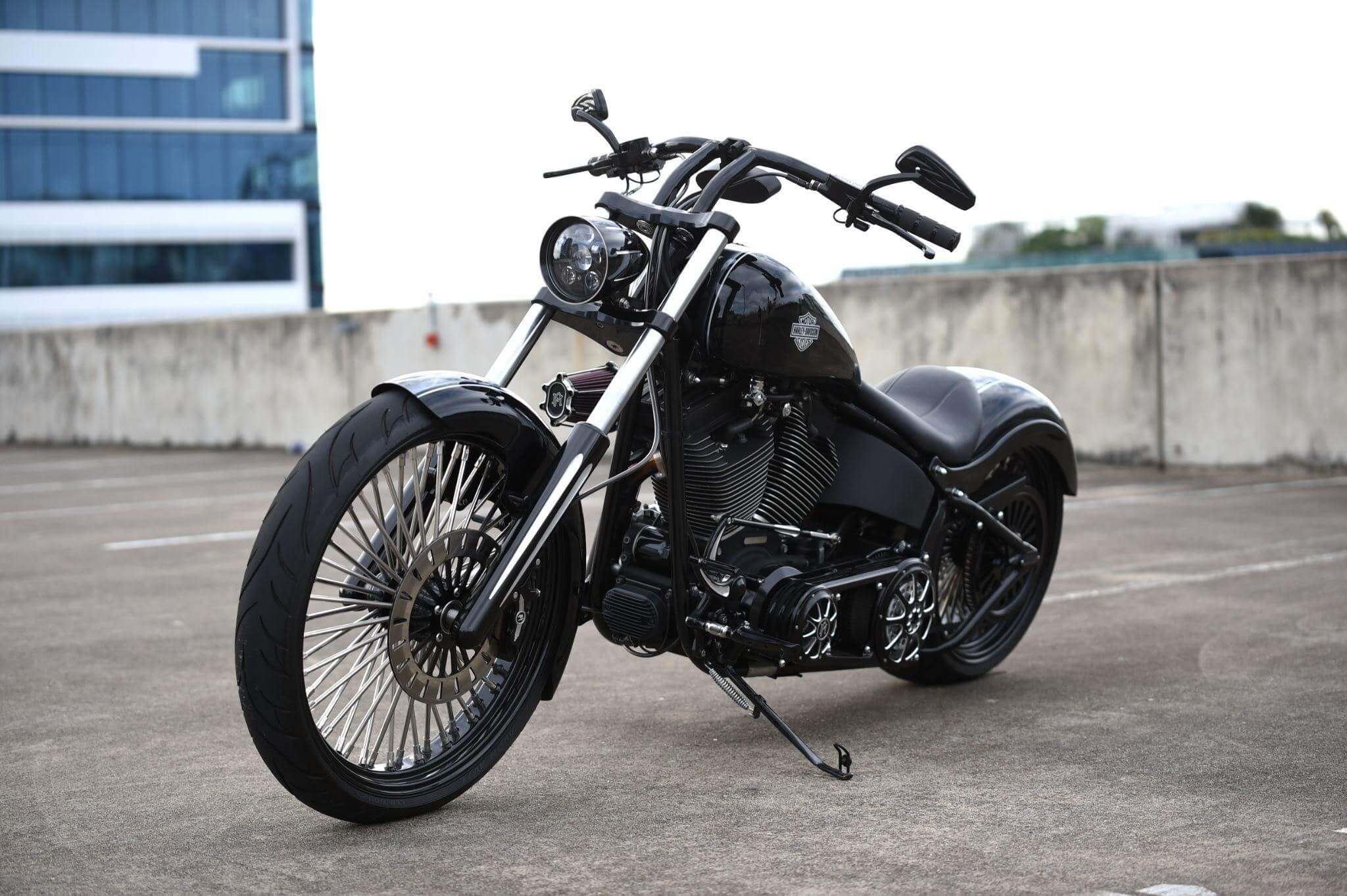If you ride a motorcycle, chances are, you’re probably also interested in getting the most out of your bike. There are plenty of ways to improve your motorcycle’s performance, from upgrading your engine, buying performance brakes, and changing your wheels.
The motorcycle clutch plays a vital role in keeping your motorcycle running smoothly, and performance motorcycle clutches can be a cost-effective way to upgrade your bike. A high-performance clutch can enhance a motorcycle’s overall performance by improving durability, improving power transfer, reducing slippage, and more. They are popular with people looking to maximise their bike’s performance, like racers and enthusiasts.
How Do Motorcycle Clutches Work?
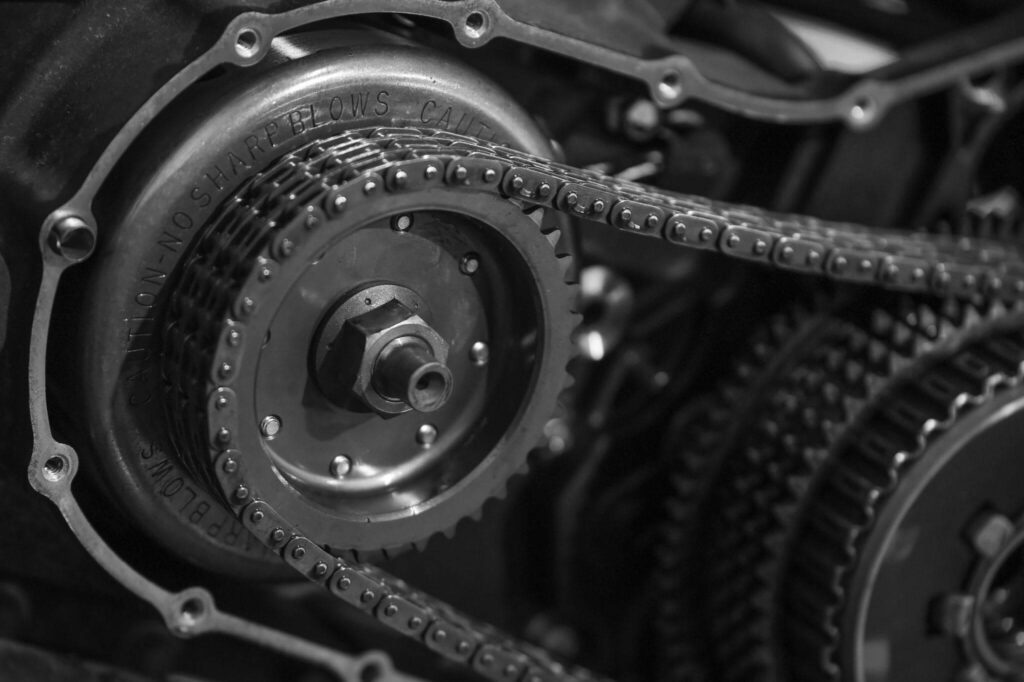
Similar to a car, motorcycle clutches play a critical role in acting as a bridge/connection for the engine to the motorcycle’s rear wheel. The clutch connects and disconnects the engine’s power from the transmission, allowing the rider to change gears smoothly.
Motorcycle clutches consist of multiple elements, including the clutch plates and clutch lever. The clutch plates are installed in the engine and are controlled by the clutch lever installed in the bike’s handlebar.
When the rider presses the clutch lever, they move the clutch plates. When the rider presses the clutch lever, it also disengages the engine from the rear wheel, allowing for the changing of gears.
How To Improve Your Motorcycle Clutch
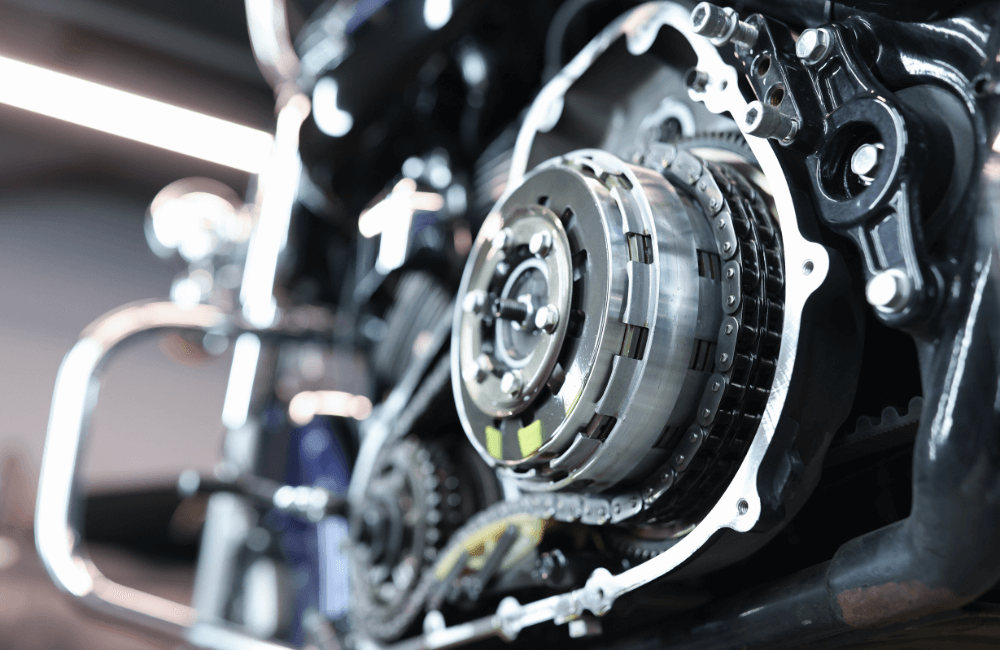
Improving your motorcycle’s clutch can significantly enhance your bike’s riding experience. It can result in smoother gear changes, reducing wear, and optimising your bike’s power transfer. Below, we’ve outlined the different ways to upgrade your clutch.
Regular maintenance
Before jumping into buying a high-performance clutch, it’s possible to improve your current clutch through regular maintenance. For starters, the clutch cable can stretch, impacting engagement and disengagement.
So, regularly check your clutch cable and adjust it according to your bike’s manual. If you notice any issues, discuss them with a professional and get them fixed if necessary. Clutch springs are also another area you want to keep an eye on.
Clutch springs lose tension over time, reducing their ability to hold together clutch plates. To ensure optimal performance, you should regularly check your clutch springs and upgrade them when they wear out.
Upgrading the clutch
If you’re looking to improve your clutch, install a high-performance clutch kit. You can find these kits online or at your closest mechanic. Clutch kits often include stronger friction plates and reinforced springs designed to handle higher power and better engagement.
If you want to upgrade your clutch components piece-by-piece instead of going down the kit route, you can upgrade the plates and springs individually. For instance, you can upgrade to sintered clutch plates made from a durable metal compound that’s better for heat resistance and grip.
It’s also possible to upgrade your clutch to a specialised slipper clutch. These clutches are specifically designed to prevent over-revving the engine and rear wheel hops for performance motorcycles.
Using the right oil
The type of oil you use for your clutch can make a world of difference when it comes to performance. High-quality oils can reduce friction, which can lower the wear and tear on your clutch through normal use.
It’s also recommended to steer clear of any oils that use additives. Some oil additives can cause slippage or contribute to the clutch wearing out faster than usual. If you’re not sure what oil to go with, you can always check the bike’s manual for the manufacturer’s recommendation.
Troubleshooting Motorcycle Clutch Issues
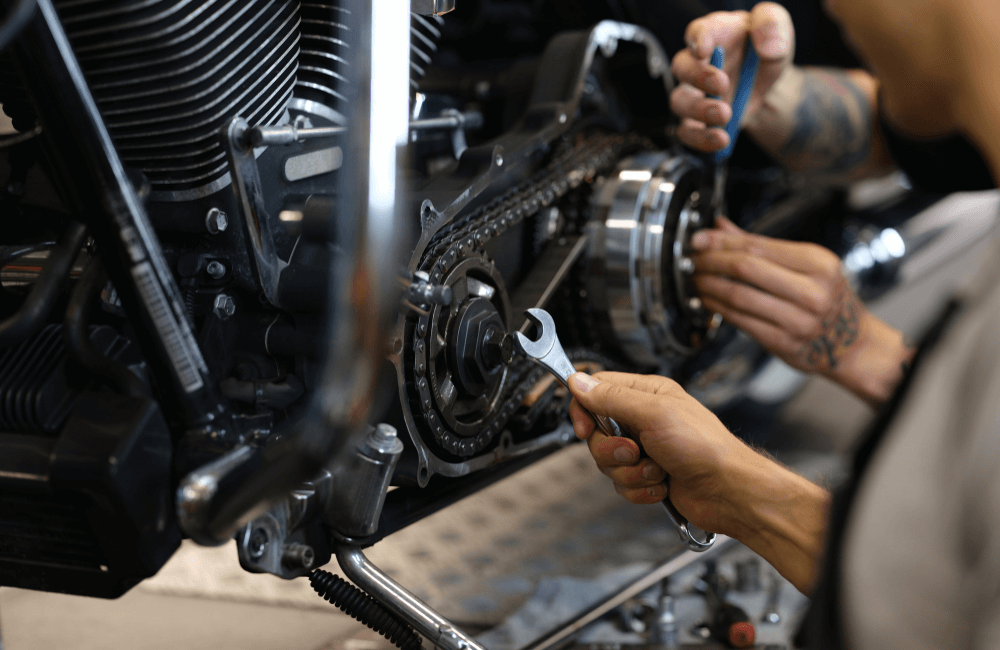
Like other bike components, it’s possible to run into issues with the clutch. As a fundamental component, it’s obvious and easy to troubleshoot when it’s having issues.
Symptoms of a bad clutch
Identifying the symptoms of a bad motorcycle clutch is crucial if you’re a rider. Symptoms to look out for include:
- Difficulty when trying to engage/disengage gears
- The clutch lever shows resistance
- A burning odour when using the clutch
- Motorcycle output power is reduced
- “Slipping” which is when the motorcycle ineffectively transfers power to the wheels
- Undefined friction point
While it’s normal for a clutch to wear over time, there’s a difference between normal wear and a clutch burning. It’s normal for a clutch to gradually wear due to regular friction, which can be managed through proper maintenance.
If you can smell your clutch burning, this can be serious and result in permanent damage. A damaged clutch will reduce transmission frequency, slipping, and acceleration issues.
Adjust Your Motorcycle Clutch
Adjusting your motorcycle clutch is vital to keep your motorcycle running optimally. Poorly adjusted clutches can cause engine stalling, gear shifting issues, and increased wear and tear on components.
If your motorcycle is showing any of the above-mentioned symptoms or shifting, stalling, or slipping out of gear, it may be time for an adjustment. Below, we’ve outlined the general steps to adjusting your motorcycle’s clutch. Keep in mind that the specifics will depend on your clutch and motorcycle make/model.
- Find the clutch cable adjustment bolt. It’s usually located above the clutch lever on the handlebar or frames. If you have a hydraulic clutch, they don’t have bolts but can still be adjusted.
- Using a wrench, loosen the adjustment bolt by turning it counterclockwise.
- The next step is to adjust the clutch cable, which you want to locate the bolt for on the right-hand side of the motorcycle.
- With a wrench or an adjustable spanner, turn the bolt either clockwise or counterclockwise to adjust it as needed.
- Now, to test the adjustments, you’ll want to check the clutch lever engagement.
- Move the clutch lever and check if it engages smoothly. If there is any jumping or jerking, you’ll need to keep readjusting the clutch cable.
- Now that the clutch lever is engaging smoothly check the ‘free play’ of the clutch lever.
- Ideally, there should be 2-3 millimetres of free space.
Adjusting a motorcycle’s clutch is relatively easy and something you can do in your own garage as long as you have the space and expertise. If you don’t feel confident with adjusting your own clutch, you can bring it to a professional.
Professional Motorcycle Servicing And Maintenance at Taverner
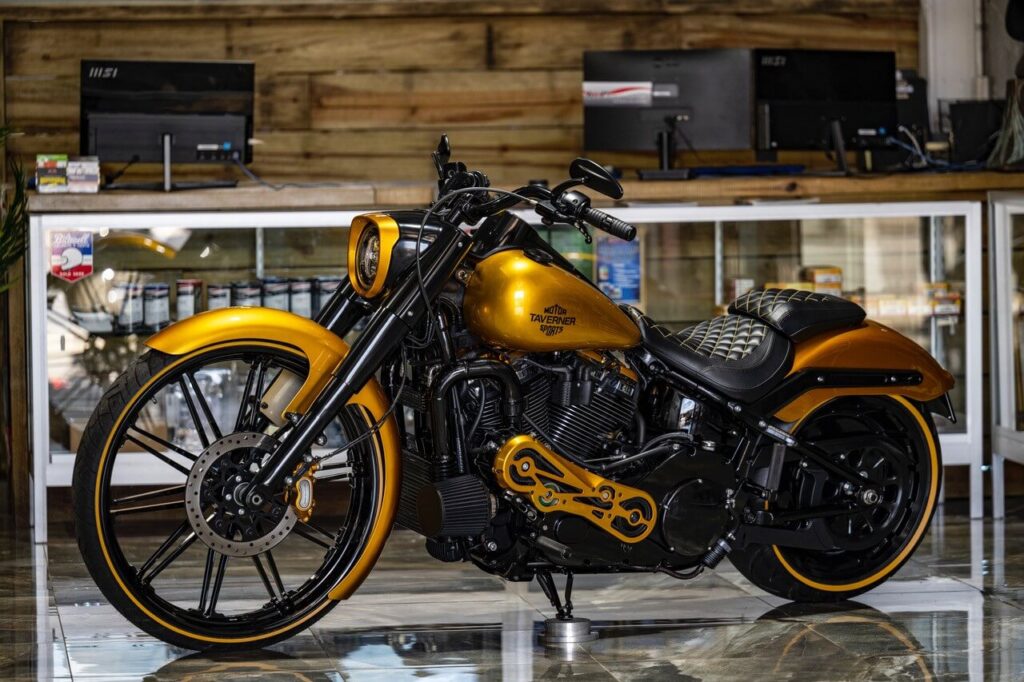
At Taverner Motorsports, we can ensure your motorcycle is in prime condition with our major servicing options. We’ve been in the industry since 1975, passionately working on, repairing, and servicing motorcycles of all makes and models.
If you suspect there is an issue with your motorcycle’s clutch or just want a service, you can contact our team and request a quote. Along with major and minor servicing, we also offer workshop services, like repair work, insurance assessments/claims, and tyre supply and fitment.
When you bring your motorcycle to Taverner Motorsports for servicing and maintenance, you can expect complete transparency from start to finish. This includes keeping you informed of any required repairs, estimated costs, and a timeline for completion.
At Taverner Motorsports, we also stock a range of high-performance clutch kits if you’re looking to upgrade your motorcycle. Along with selling kits, our team can also install them for you in our workshop.
